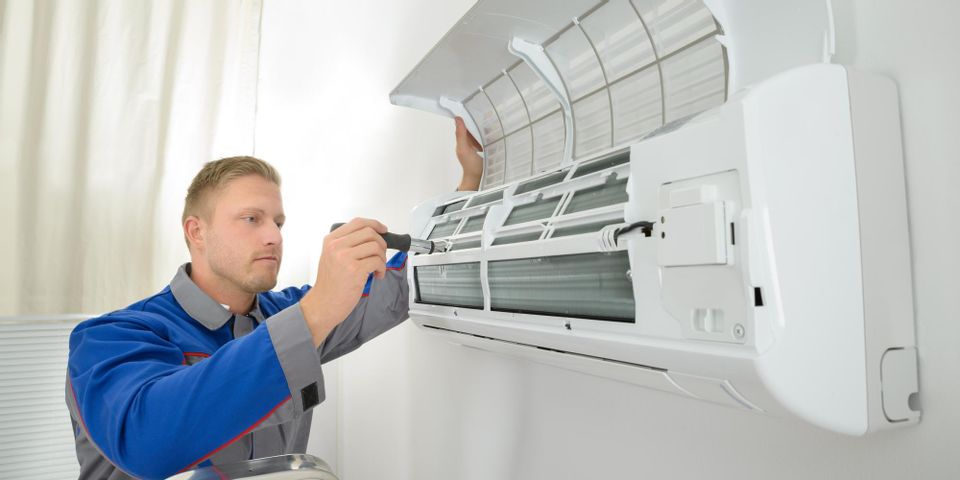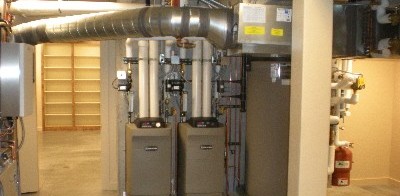
With temperatures rising and the days getting longer, you’ll be relying on your air conditioner more to keep you comfortable. If something goes wrong, however, you’ll need HVAC repair. To keep your system running efficiently and reliably through the summer, learn how to recognize these problems early on.
How to Tell You Need HVAC Repair
1. Blowing Warm Air
When an AC system starts to fail, one of the most common problems will be that it no longer blows cold air. The air coming out of your vents may be warm or even uncomfortably hot. Some common causes include low refrigerant levels, malfunctioning return ducts, or a dirty unit. Your HVAC repair technician can diagnose the cause of the warm air and address it.
2. Strange Noises
You know what your air conditioning system should sound like. You may be able to hear it humming when it kicks on, but any other noises are a cause for concern. Unusual sounds include rattling, squealing, grinding, or scraping. These noises could indicate a range of issues, but typically they mean a part is loose or wearing. Even if it isn’t currently affecting your AC’s functioning, the part will need replacement before it causes more serious issues, such as damage to nearby parts or a full breakdown.
3. Leaking
Any signs of a leak are a problem, such as water pooling on the ground, ice buildup on the outside of the condenser, or liquid dripping from the unit. You’ll need to call a professional whether the leak is water or Freon® refrigerant. Freon is poisonous, so keep people and pets away until you can have the leak repaired.
If you notice something wrong with your AC, don’t try to repair it yourself — call the professionals at MAP Construction. With more than 50 years of combined experience in real estate and contracting, their experts provide reasonably priced HVAC repair services, roof replacement, emergency plumbing services, and more in Cuyahoga County and beyond. Get a free quote on their website or by calling these general contractors at (216) 220-6033.
About the Business
Have a question? Ask the experts!
Send your question

